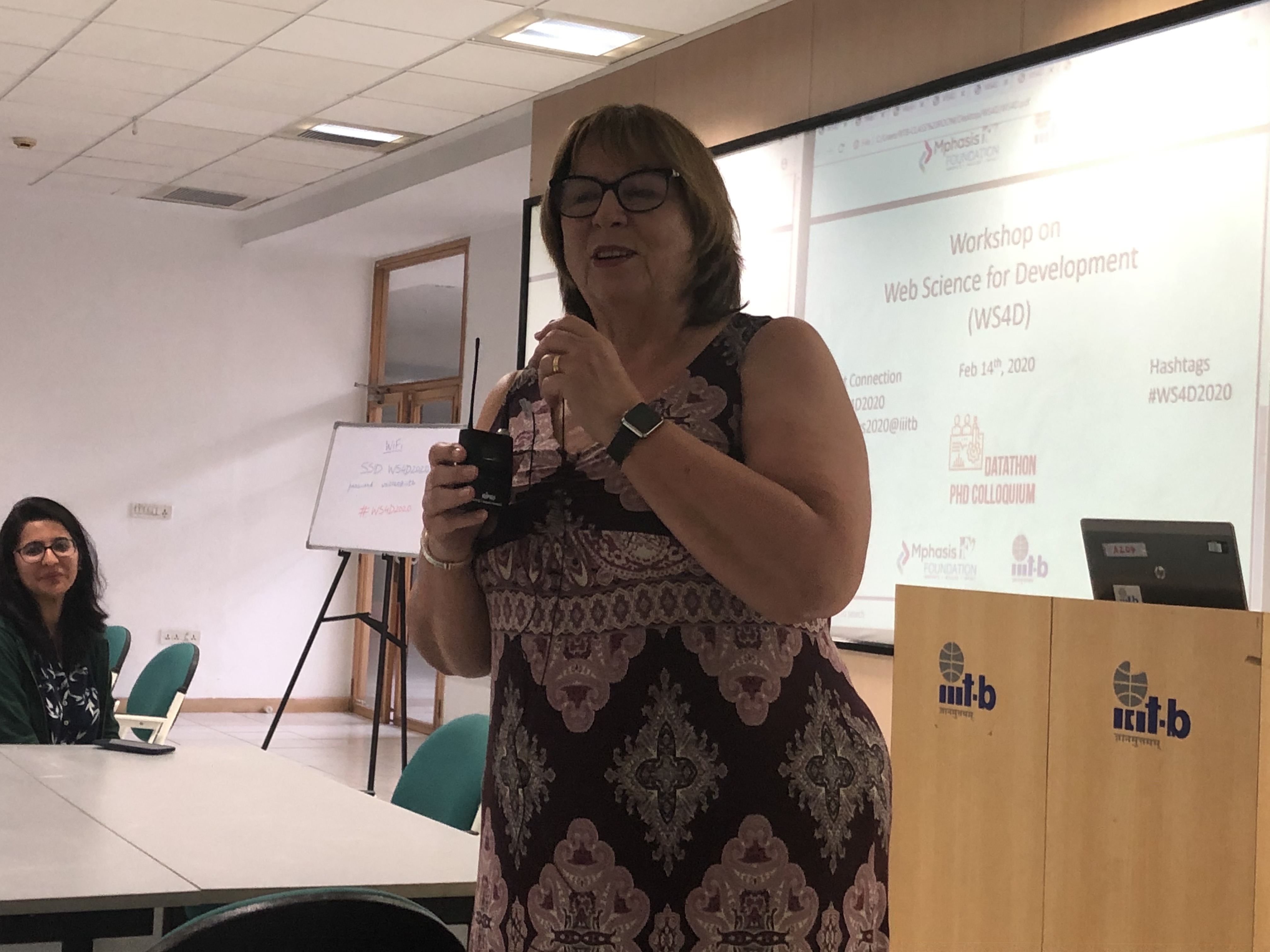Datathon at IIIT-Bangalore

 Red Dot Foundation in collaboration with IIIT Bangalore, Web Science Trust (WSTNet) and the University of Southampton Social Impact Lab, organised a data visualization hackathon/datathon on Friday, February 14, 2020. The datathon was supported by the Web Science Lab (WSL), Graphics-Visualization-Computing Lab (GVCL), and the Center of Information Technology and Public Policy (CITAPP).
Red Dot Foundation in collaboration with IIIT Bangalore, Web Science Trust (WSTNet) and the University of Southampton Social Impact Lab, organised a data visualization hackathon/datathon on Friday, February 14, 2020. The datathon was supported by the Web Science Lab (WSL), Graphics-Visualization-Computing Lab (GVCL), and the Center of Information Technology and Public Policy (CITAPP).
The objective of this datathon was to build awareness and inspire a call for action towards the safety of women in India and the mitigation of gender-based crime in the country. Using the crowdsourced data from Safecity as the base, we wanted to invite students pursuing their graduate or undergraduate degree programs to unearth the hidden stories in the narratives and create visualisations for the lay person to understand the issue.
We had five teams of two participants each, work on the challenge. Through a day long event, they engaged in defining the problem, choosing the algorithms, techniques and tools appropriate to address the problem whilst finding innovative ways to infer, visualise and present the results.
We were privileged to have Dame Wendy Hall, Regius Professor of Computer Science at the University of Southampton and early pioneer of Web Science give us a welcome address. We explained the background of the issue and encouraged the students to think of solutions beyond the normal restrictive ones that police women.
The students were given the following challenge themes to infer the data and create visualisations on.
1 Theme-Mythbusters: Time-related clustering/visualization or integration of time (time of day, evolution over time) with spatial and categories of crime – ( http://maps.safecity.in/ ): This helps debunk the myths of where and when different kinds of sexual violence tend to take place. Hence, the challenge starts with picking/identifying a myth as a hypothesis, and demonstrating if the data confirms it or not.
2 Theme-MirrorMirrorOnTheWall: Comparison of Indian cities with others in the world where data is available: this will give us a sense of India’s position in sexual violence across different parameters captured in the existing datasets. For example, do we see a concentration of specific kinds of violence in India? Such data help us make aware of specific social structures within which sexual crime takes place.
3 Theme-Mash-up: Integration with other relevant datasets — police data, sex ratio, etc. available for a specific city. This will help us understand the overall situation of the safety and status of women in a city. Such data will be crucial in shaping institutional strategies for coping with the incidence of sexual violence.
It was fascinating to see the results of the challenge. Many of the participants expressed their distress in the occurrence of such crimes even in 2020. Some were surprised that the peak of the incidents were in the day, namely between 11am and 1pm and around 5 pm which is the time coinciding to the end of a school, college or work day. Thus busting the myth that sexual harassment occurs only in the dark. One of the women participants said, it is unfortunate that women continue to be policed in their movements at night and she questioned the reality of “women’s empowerment”.
Another peak that was observed was in the month of February. Further analysis revealed that whilst Valentine’s Day was probably an obvious contributor to the sexual harassment, on the day itself there were fewer reports than on 8 Feb and 21 Feb. Still further analysis revealed that 8 Feb is “Propose Day” and 21 Feb is “Break Up Day” suggesting that probably what is being reported is unwanted attention and stalking during this period.
This exercise certainly showed that it was an effective way to get students to think through a social problem more deeply and apply an interdisciplinary approach to solution generation. Assumptions need to be investigated with further evidence based data and a gender perspective. But everyone agreed it was a stimulating exercise on an issue that is making news in the country.
For more details, click here.


